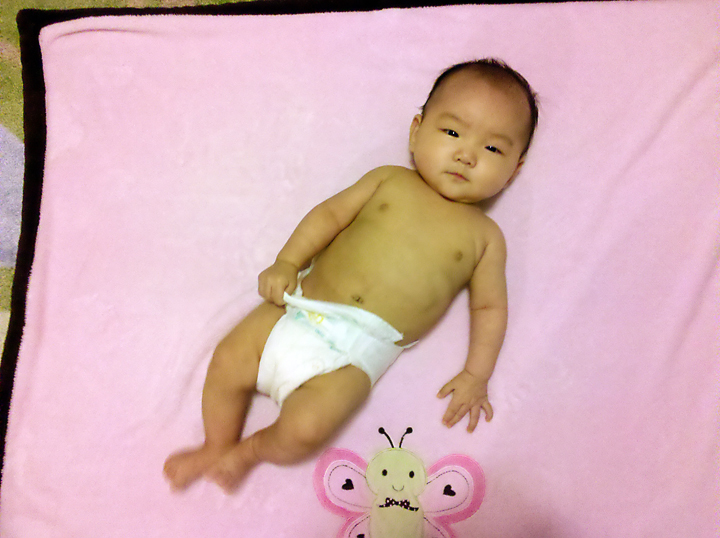I have a tendency to keep all the extra screws, nuts, and bolts that come with electronics, toys, furniture, etc just in case we have a malfunction in the middle of the night and ohmigosh this thingamajig just fell apart because it's missing ONE screw but Home Depot isn't open! So as you can probably imagine, our toolbox carries a giant mess of various fasteners in all shapes and sizes.
I could never really tell the difference between each nut or bolt, or even what they're called.
Enter Bolt Depot's interactive guide to fasteners.
Not only does it describe the different nuts, bolts, washers, etc, it also tells you what each should be used for and offers a downloadable PDF for offline viewing.
For instance, did...
Continue reading



